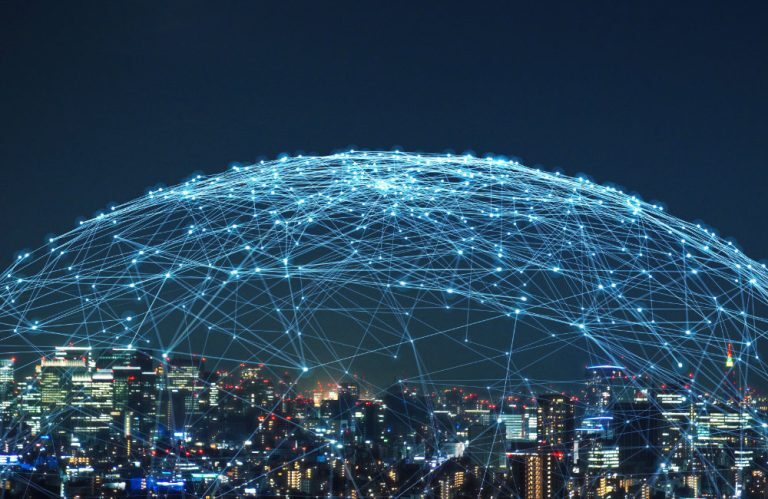We’re sorry you haven’t found the page you were looking for. Please find our main services listed below:
Our Services

Cyber Security services
Expert advice and solutions that will protect your business from everyday threats.
Is now a good time to talk?
We leverage our expertise to support you every step of the way, ensuring the job is done right – starting from the initial consultation and continuing seamlessly into your daily operations.













